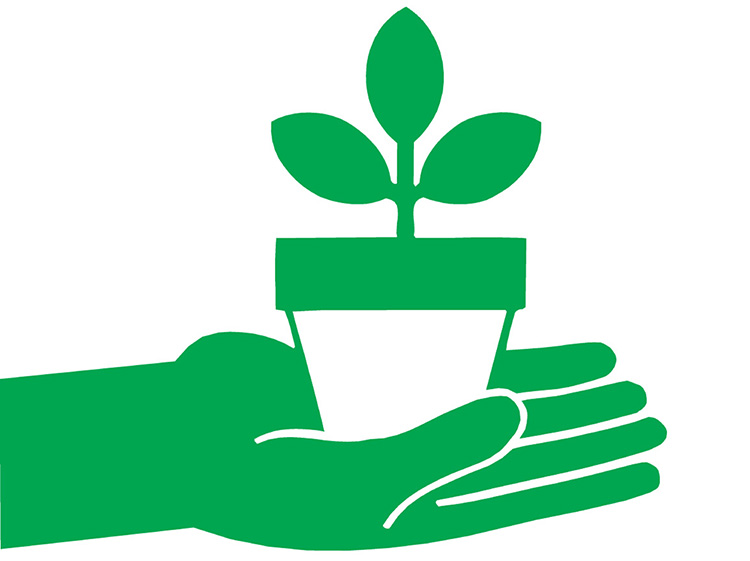
By Mary Jane Frogge, Extension Associate, Lancaster County
October is a good time to control broadleaf weeds in the lawn, such as white clover, dandelion and ground ivy.
Pick bagworms from evergreen shrubs. This will eliminate the spring hatch from over wintered eggs.
Fall is an excellent time for taking soil samples in your lawn and garden. Soil tests will measure the pH of the soil, organic matter content and the levels of some of the major elements required for plant growth, such as phosphorus and potassium.
Cure pumpkins, butternut and hubbard squash at temperatures between 70–80°F for two or three weeks immediately after harvest. After curing, store them in a dry place at 55–60°F.
Use dried herbs to make fragrant wreaths and dried flower arrangements.
Fall watering is important for trees and shrubs. Continue to water until the soil freezes.
Dig and bring in cannas, dahlias and gladiolus. Dry, clean and store in a cool location free from frost.
Remove leaves from lawn to reduce lawn problems. Compost or shred and use them for mulch.
Cut down stems and foliage of herbaceous perennials after two or three hard frosts and when leaves begin to brown.
After several hard frosts, add mulch to your perennial flower garden. A 1-inch layer of straw or chopped leaves will help conserve soil moisture and protect the root system.
When deciding on new trees or shrubs to plant around your home, remember to select varieties that will fit the location when they are at their mature height. This will greatly reduce pruning and other maintenance in the future.
Make a note of any particularly productive or unsatisfactory varieties of vegetables that you planted this year. Such information can be very useful when planning next year’s garden.